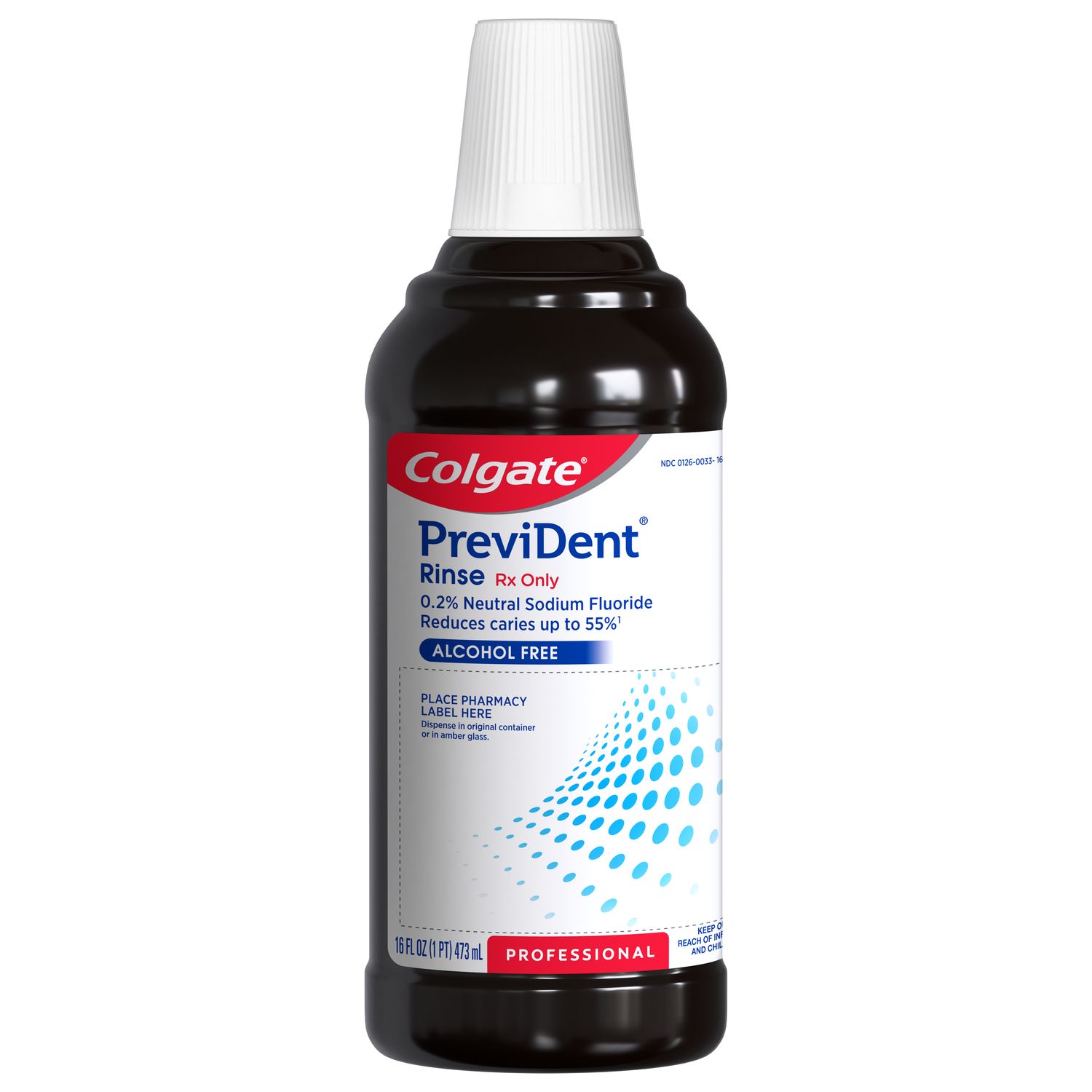
As dental hygienists, we’re seeing more and more cases of dental enamel erosion in our patients. According to the American Dental Association (ADA), in the United States an estimated 45.9% of children and up to 80% of adults suffer from this condition, posing the question: how can we better educate our patients on preventing dental erosion?
Understanding dental erosion
Dental erosion is defined as the irreversible loss of dental hard tissue, caused by acid unrelated to bacteria. It begins with the loss of superficial enamel layers, eventually progressing to the dentin underneath. If left unchecked, it can cause dentin hypersensitivity and eventually the loss of affected teeth. The causes of dental erosion can be grouped into two categories: intrinsic and extrinsic.
Intrinsic dental erosion happens when the oral cavity experiences repeated gastric acid exposure at a level that the salivary buffering capacity and oral health interventions in combination cannot prevent from occurring. Causes include:
- Gastroesophageal reflux.
- Bulimia.
- Chronic vomiting associated with pregnancy.
- Chronic alcoholism.
Extrinsic erosion happens due to exposure to extrinsic acids. This results from external factors such as:
Consumption of acidic sodas, juices and sports drinks. These highly acidic beverages, most with a pH value below 4.0, have been proven to increase dental erosion.
- Acidic foods like citrus fruits, tomatoes and vinegars.
- Occupational and lifestyle risk, e.g., wine tasters, competitive swimmers.
How to educate patients on dental enamel erosion
As dental hygienists, we can educate patients on lifestyle and behavioral changes to prevent dental erosion. In addition, patients with gastroesophageal reflux or suffering from an eating disorder or chronic vomiting during pregnancy can be referred for medical care if they are not already receiving this. Here are five tips for talking to your patients about dental erosion:
Emphasize prevention
The most important point to make to your patients is that dental erosion cannot be reversed once it has occurred. It can be prevented or, if erosion has already occurred, halted before it progresses further. Emphasize to your patients that this is within their power if they take action now.
Suggest dietary changes
When it comes to preventing extrinsic erosion, advise your patients to:
Swap acidic beverages for water or milk, which has been shown to help neutralize dietary acids and protect against erosion.
Swap acidic snacks like candy for yogurt products.
Drink water or milk with meals and snacks.
Drink water when exercising rather than acidic sports drinks or sodas.
Avoid foods that may cause/exacerbate gastroesophageal reflux.
Promote helpful behaviors
In addition to dietary dos and don’ts, educate your patients on positive behaviors they can adopt to help prevent dental erosion. These include:
Rinsing the mouth with water after consuming acidic foods and drinks.
Rinsing with water containing a teaspoon of baking soda after vomiting, to help neutralize the intraoral pH.
Chewing sugar-free, non-acidic gum to stimulate salivary flow.
Waiting half-an-hour to an hour after consuming acidic foods or drinks before brushing the teeth.
Using a soft-bristle toothbrush and fluoride toothpaste for regular oral hygiene.
Discuss fluorides
Fluoride is known to play an important role in fortifying tooth enamel. A study in the Journal of Dentistry tested the effect of a 5000 ppm fluoride dentifrice on enamel exposed to orange juice, and found that it significantly improved resistance to erosion. For patients at risk of dental erosion, a high-fluoride product containing 5000 ppm fluoride, like Colgate PreviDent 5000 Enamel Protect, can be prescribed to help strengthen teeth.
Share home resources
Finally, we must keep in mind that patients don’t always remember everything we say in the chair. To help improve compliance, you can direct them to at-home resources that they can refer back to as needed. MouthHealthy.org provides the following helpful pieces:
Join us
Get resources, products and helpful information to give your patients a healthier future.
Join us
Get resources, products and helpful information to give your patients a healthier future.













